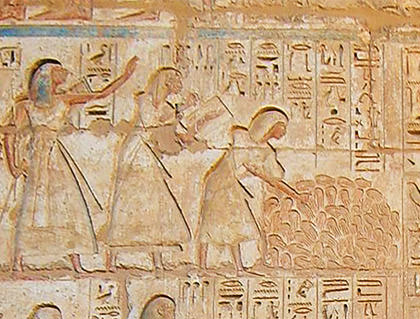This image is of Boushra Almutawakel's powerful work titled "Disappearing"
As of late, the phrase "A War against Women" has been thrown around quite liberally in American politics, often posed as a series of battles between the American Democratic and Republican parties, and while I think there is much validity in the need to still fight for women's rights in America today, we should also keep in mind that America is just one battle ground, and this is really a world war which has been going on for centuries... A women-acolypse you could even say! http://www.telegraph.co.uk/news/worldnews/middleeast/iran/9487761/Anger-as-Iran-bans-women-from-universities.html
As of late, the phrase "A War against Women" has been thrown around quite liberally in American politics, often posed as a series of battles between the American Democratic and Republican parties, and while I think there is much validity in the need to still fight for women's rights in America today, we should also keep in mind that America is just one battle ground, and this is really a world war which has been going on for centuries... A women-acolypse you could even say! http://www.telegraph.co.uk/news/worldnews/middleeast/iran/9487761/Anger-as-Iran-bans-women-from-universities.html
This article reviews the move in Iran to ban women from many university courses, preventing women from getting degrees in a variety of professional fields, among which archaeology is included. As of today, women can't even vote in Saudi Arabia. Downton Abbey enthusiasts will also recognize that women did not have the right to inherit and distribute property in England until the 1920s.
While the Middle East has been a hot bed for political discussion of women's rights, historically, Egyptians were some of the most liberal countries in terms of women's rights. Herodotus even mocked Egypt for being a backwards country because women engaged in public economic exchange.
So what I wonder is when did a misogynistic attitude towards women really begin, and why has such an attitude towards half of the population succeeded to such an extent, that the majority of countries today still deal with issues surrounding women's oppression? Move your emotions surrounding the issues aside for one moment, and consider what evolutionary advantage the subjugation of women had to make it so successful? This is my thought of the day. Two-cents are encouraged.






